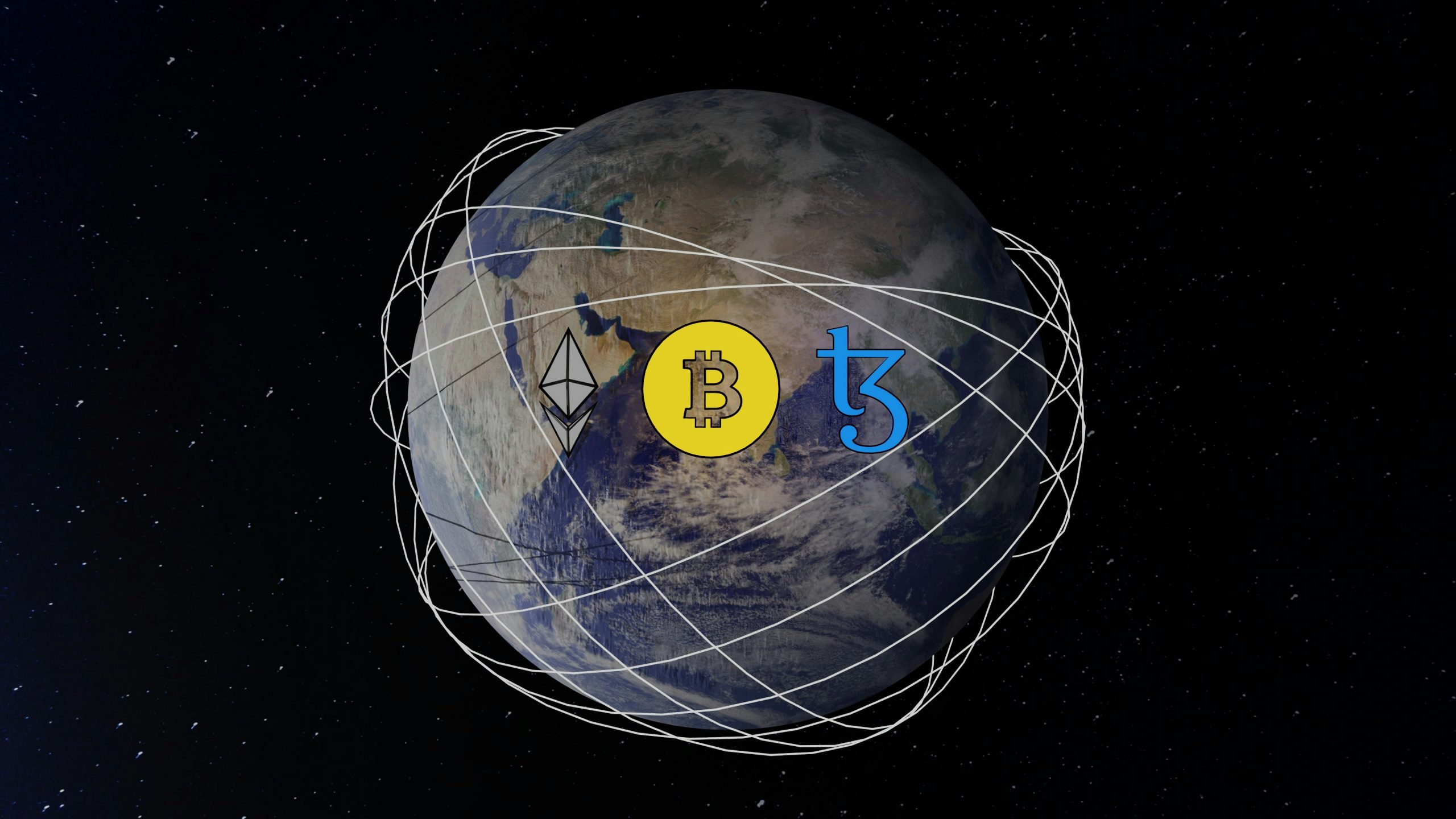Japan Political Party Vows Crypto Tax Reforms if Elected
Reducing the tax rate to 20% is a key element of the DPP leader’s larger strategy to position Japan as a global leader in the Web3 space.

Consensus Mechanisms: Transactions are verified through consensus mechanisms like Proof of Work (PoW) or Proof of Stake (PoS). In PoW, miners compete to solve complex mathematical puzzles to validate transactions and add them to the blockchain. In PoS, validators are chosen based on the number of coins they hold and are willing to “stake” as collateral. These mechanisms ensure that all participants in the network agree on the state of the blockchain and prevent fraud.
Blockchain Technology: Verified transactions are grouped into blocks and added to a public ledger known as the blockchain. Each block contains a cryptographic hash of the previous block, forming a chain that secures the data and makes it immutable. Once a transaction is confirmed and recorded on the blockchain, it cannot be altered without the network’s consensus, ensuring transparency and security.
Transaction Validation: Each transaction undergoes a validation process in which nodes (computers in the network) check its legitimacy. This includes verifying that the sender has sufficient funds and that the transaction adheres to the network’s rules. Once validated, the transaction is broadcast to the network, which is included in the next block if consensus is reached.
Cryptocurrencies like Bitcoin (BTC) have revolutionised how people think about money, mainly by enabling a decentralised, secure system for conducting transactions. As more investors join the market, people’s perception of the industry as one that goes beyond financial applications has significantly increased, with the technology offering massive opportunities in the digital space.
When you make a crypto transaction, it’s not simply sending money from one wallet to another. When you use crypto, you send a digitally signed message to the network. Cryptocurrencies are viewed as digital assets that represent value and operate without the involvement of any central bank or governing authority. Crypto can be held, transferred, or traded online, and some companies and countries accept BTC. Other cryptocurrencies can be used for transfers and trade. While cryptocurrencies can be used for payments, most countries don’t officially see them as legal tender or treat them like conventional money. Each transaction has to be authenticated to prevent double-spending and guarantee the same crypto isn’t used for multiple transactions simultaneously. This verification process happens through complex cryptographic techniques and consensus mechanisms, ensuring the security and validity of every transaction.
Without a central authority overseeing transactions, the system relies on decentralised participants — nodes — to ensure every transaction is legitimate. Transaction verification serves as a way to:
Nodes are the backbone of any crypto network. They are computers connected to the blockchain responsible for maintaining a copy of the blockchain ledger, validating transactions, and broadcasting new information across the network. Full nodes maintain the complete history of the blockchain and validate every new transaction broadcast.
There are different types of nodes with specific functions:
At the heart of transaction verification is the concept of consensus — the idea that all participants (nodes) in the network must settle on the validity of transactions. This is crucial in a decentralised system where no single entity controls the network. Several consensus mechanisms exist, the most common being Proof of Work (PoW) and Proof of Stake (PoS).
In PoW, nodes called miners compete to solve complex mathematical puzzles. Solving these puzzles requires significant computational power, which helps to secure the network from attacks. Once a miner solves the puzzle, they add the new block of transactions to the blockchain, and in return, they are rewarded with new crypto. PoW is secure but requires substantial energy consumption. BTC is the most widely recognised example of this mechanism, using Proof of Work to verify transactions.
Proof of Stake replaces the need for miners and computational puzzles with validators assessed based on the digit of coins they hold and are willing to “stake” as collateral. Validators don’t need to solve puzzles; they verify transactions and count them to the blockchain based on the stake they’ve committed. PoS is considered more energy-efficient than PoW and is used in cryptocurrencies like Ethereum (after transitioning to Ethereum 2.0).
Other consensus mechanisms include:
These mechanisms all plan to ensure that transactions are verified securely and efficiently.
Transaction verification occurs when nodes on the network check that a transaction is legitimate and follows the necessary rules. Confirmation happens when a verified transaction is successfully added to the blockchain and included in a block. Each confirmation strengthens the finality of the transaction, with six confirmations being the standard in BTC to ensure that a transaction is irreversible and entirely accepted by the network.
Crypto networks function on the principles of decentralisation and cryptography, compelling and challenging transaction verification processes. Via consensus mechanisms, including Proof of Work and Proof of Stake, nodes in the network ensure that every transaction is legitimate and securely added to the blockchain. This decentralised verification system makes crypto a robust, secure alternative to traditional payment methods.
Using crypto as a method of payment supplies several benefits, including:
Cryptocurrencies such as Bitcoin provide significant benefits in cross-border transactions, offering unparalleled efficiency compared to conventional payment methods.
Reducing the tax rate to 20% is a key element of the DPP leader’s larger strategy to position Japan as a global leader in the Web3 space.
The growing layer-2 and DeFi ecosystems on Bitcoin drive increased BTC liquidity competition across blockchains.
Ireland's finance minister is pushing for swift action ahead of the EU, which is implementing stringent anti-money laundering legislation.
Italy plans to increase the withholding tax on BTC capital gains to 42% eliminating 750 million euro minimum revenue threshold for the DST.